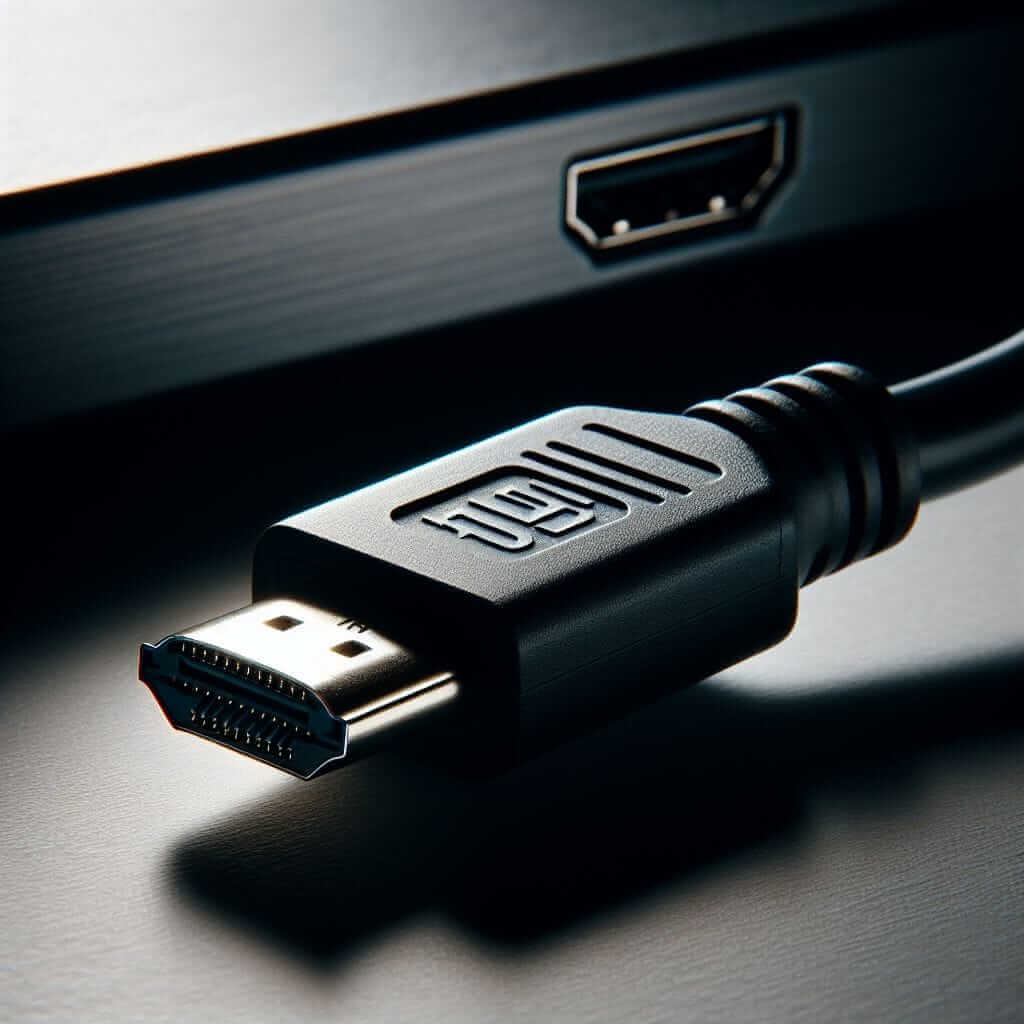In today’s technologically advanced world, understanding and using technical vocabulary is becoming increasingly important, even in language tests like the IELTS. This article focuses on the term “HDMI,” a common acronym in the realm of electronics, and explores its relevance to the IELTS exam.
Keywords:
- HDMI (High-Definition Multimedia Interface): (noun) /eɪʧ diː ɛm aɪ/ a type of cable and connector for transmitting high-quality audio and video signals.
- Resolution (noun) /ˌrɛzəˈluːʃən/ – the number of pixels in an image, which determines its sharpness.
- Cable (noun) /ˈkeɪbəl/ – a wire or cord used to transmit electricity or signals.
- Connector (noun) /kəˈnɛktər/ – a device used to join two or more things together.
- Digital Signal (noun) /ˈdɪdʒɪtəl ˈsɪɡnəl/ – a signal that represents data as a series of binary digits (0s and 1s).
Example: “My laptop has an HDMI port, so I can connect it to my TV to watch movies.”
Understanding HDMI
HDMI stands for “High-Definition Multimedia Interface.” This technology has revolutionized how we connect electronic devices, particularly for audio and video transmission. An HDMI cable carries both audio and video signals digitally, resulting in a higher quality output compared to older analog connections.

HDMI in the IELTS Exam
While “HDMI” might not be a term directly tested in vocabulary sections, its understanding can be valuable in various sections of the IELTS:
Listening Section:
You might encounter “HDMI” in dialogues related to technology, entertainment, or even in instructions for setting up devices.
Example: A listening section might feature a conversation about setting up a home theater system, where the speakers discuss connecting devices like Blu-ray players and gaming consoles to a TV using HDMI cables.
Reading Section:
Articles about technological advancements, product reviews, or even comparisons between different display technologies might mention “HDMI.”
Example: An IELTS Reading passage could describe the evolution of television technology, highlighting the introduction of HDMI as a significant development enabling higher resolution and better audio-visual experiences.
Speaking Section:
During the Speaking test, especially when discussing hobbies, entertainment preferences, or describing technological gadgets, you might find the opportunity to use “HDMI.”
Example:
Examiner: What do you enjoy doing in your free time?
Candidate: “Well, I’m quite interested in films. I have a home theater setup where I connect my Blu-ray player to my TV using an HDMI cable for the best possible picture quality.”
Writing Section:
While less likely to appear in the Writing section, understanding “HDMI” can be beneficial if you choose to write about technology-related topics.
Example: In Task 2, you might be asked to discuss the impact of technology on modern entertainment. You could mention how “HDMI” has facilitated the rise of home theaters and high-definition streaming services.
Idioms and Collocations:
- Plug and Play: This idiom refers to a device or software that is easy to install and use, often without needing complex configuration. “HDMI connections are generally plug and play, making them user-friendly.”
- Cutting-edge technology: This phrase refers to the most advanced and innovative technology available. “HDMI is no longer cutting-edge technology but remains the standard for high-quality audio and video transmission.”
- State-of-the-art: Similar to “cutting-edge,” this phrase describes something that is the most modern and advanced of its kind. “My new TV boasts a state-of-the-art HDMI port for stunning 4K resolution.”
Conclusion:
While “HDMI” might seem like a niche technical term, its presence in our technology-driven world makes it a relevant vocabulary item to be familiar with, even for the IELTS exam. Understanding how to use it correctly and in context can enhance your communication skills and demonstrate your grasp of current technological trends, potentially giving you an edge in your IELTS preparation. Remember to practice using these terms in your speaking and writing to improve fluency and accuracy.